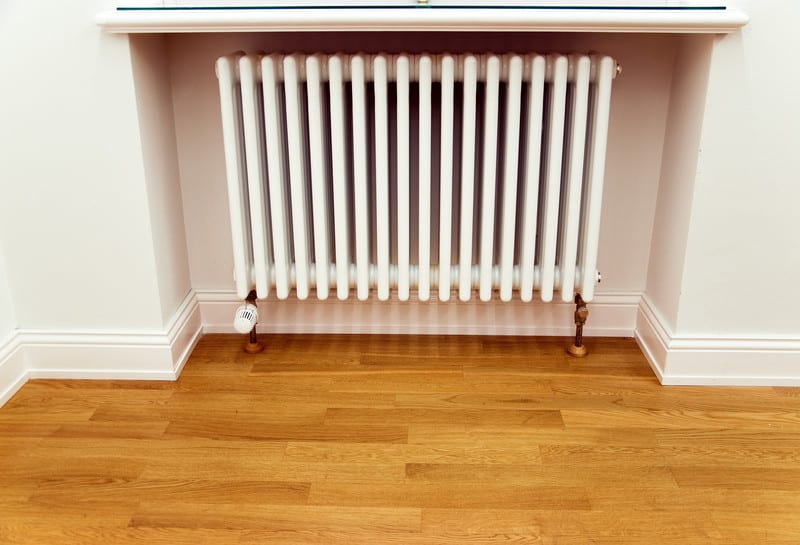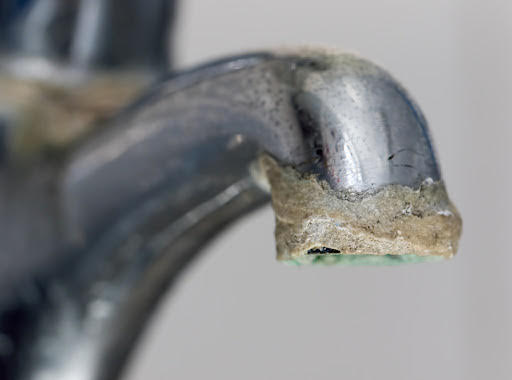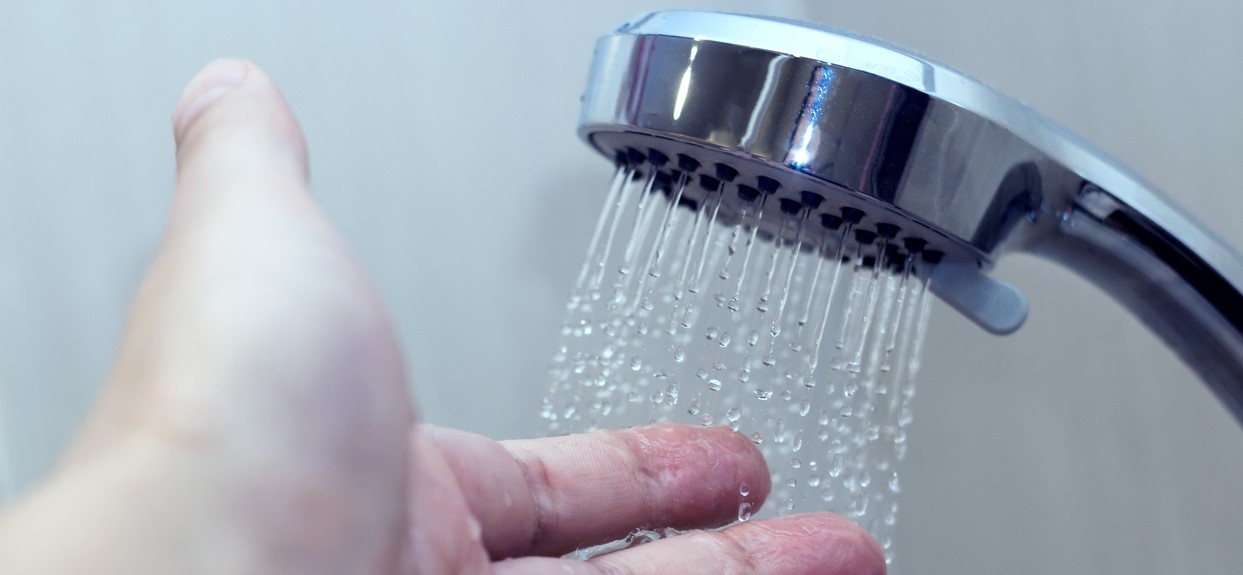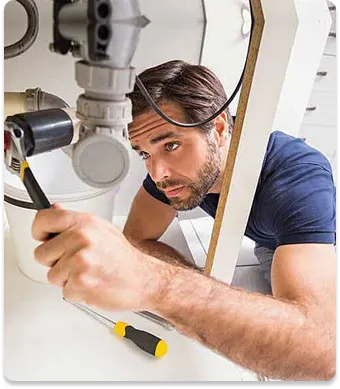Radiator airlocks are a problematic anomaly commonly associated with radiators. While water is required to enter and move around a central heating system, an unavoidable side effect of this is that air will also enter the system. In small amounts, air poses no real problem to your radiator system, if too much of it builds up inside it prevents the water from moving about the radiator freely and stops heat from being distributed easily.
Radiator Airlocks – What Causes them in a Heating Systems?
Air usually enters a radiator when water is added to a central heating system. However, this is not the only way air can enter a heating system. If a radiator is leaking, air can enter via the gaps. Air can also enter a central heating system via a water supply tank which has run out of the water.
Radiator airlocks tend to occur at high points in a heating system (due to the fact that air is lighter than water causing it to rise to the highest possible point within a heating system). This is particularly easy to detect in radiators as the sections which are higher off the ground will be noticeably cooler than those closer to it. You should be able to simply figure out where the airlock is by means of touch.
If radiator airlocks have been left unattended for an extended period of time and air has accumulated throughout the radiator in its entirety you won’t be able to detect a difference in temperature between the top and the bottom of the radiator. However, it should be fairly obvious that there is an airlock as the radiator will be significantly cooler than one would expect of a fully functioning radiator. Compare it to other radiators in the building to make sure.
How Do You Get Rid of Airlocks in Radiators?
- Firstly, ensure that the central heating system’s water tank has not emptied. If it has then the reason for its emptying must be found and rectified immediately. You will need to make sure that the water supply tank is refilled with water before proceeding to the next step of the process.
- Turn on the central heating system and allow it to heat up fully (while this may seem wasteful at first thought, it actually prevents extra air from gaining entrance to the heating system in the later phases of the process).
- Once the central heating system is fully heated up you should then switch it off completely.
- Open the offending radiator’s ‘bleed valve’ (this is normally situated at one end of the radiator, usually near the top). In order to open the bleed valve, you will most likely need a ‘bleed key’. If you do not have one you should be able to purchase one at a hardware store.
- Set up a basin or large pot underneath the bleed valve so that it will catch any water that might spill outward while you bleed the radiator. If you are careful, then you probably won’t spill any water at all, but it is always better to be safe rather than sorry in such situations.
- Wrap on old cloth that you don’t mind getting dirty around the bleed key before using it. This should be enough to absorb what little water seeps out when you open the bleed valve.
- Once you have taken the necessary precautions, you can then proceed to open the bleed valve. To do this you must insert the bleed key into the relevant opening of the bleed valve and, slowly, turn it anti-clockwise as far as ‘six hours’ (to maintain clock based analogies) from where you began.
- If you have turned the bleed valve correctly, you should hear a hissing sound. Don’t worry. this is simply the air escaping from the radiator. It means you have done it right. Allow the hissing to run its course (it may take only a couple of seconds or the best part of a minute – it all depends on how much air is trapped in the radiator).
- Once all of the air has escaped from the radiator the hissing will stop and water may begin to dribble out of the bleed valve. Once this happens you should reseal the valve as quickly as possible (by turning the bleed key clockwise) so that too much water doesn’t spill out. Be sure not to apply too much force when doing this as it could lead to you breaking the bleed key or, worse again the bleed valve itself.
If you are not entirely confident that you can successfully fix radiator airlocks problem by bleeding your radiators yourself or if, indeed, it actually is an airlock that is the problem then you should seek help from a professional plumber. If you would like to organise a call out be sure to call DeWAR Plumbers on our phone number 01 514 3300 or contact us via email.
Share this post: on Twitter on Facebook



